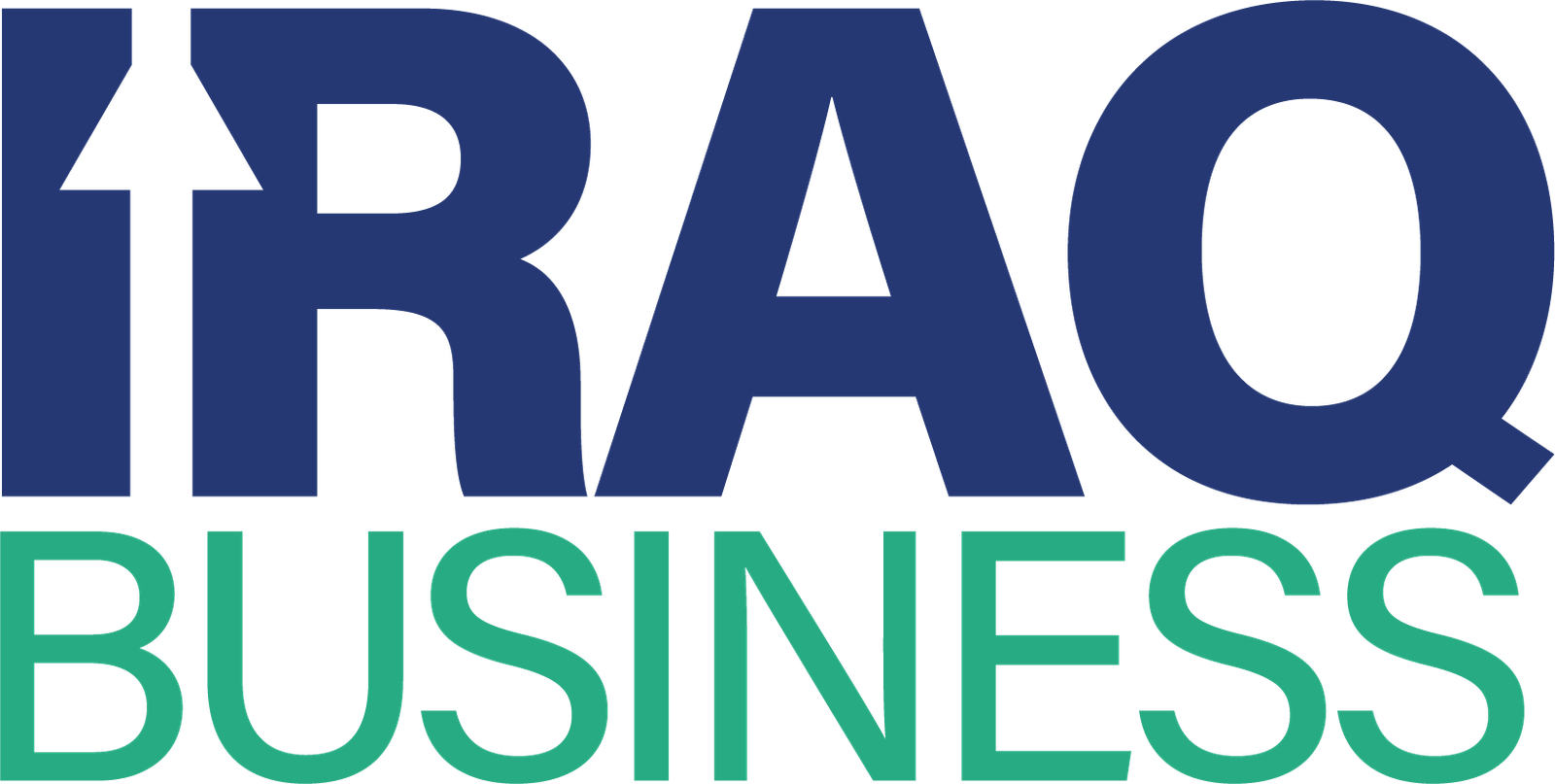Oil prices edged higher on Wednesday, buoyed by a weaker dollar, but concerns over a potential U.S. economic slowdown and the impact of tariffs on global growth capped further gains. At 0951 GMT, Brent futures increased by 37 cents, or 0.53%, to $69.93 per barrel, while U.S. West Texas Intermediate (WTI) crude futures also gained 37 cents, or 0.53%, to $66.62 per barrel.
Crude prices have been supported in recent days by a weaker U.S. dollar, making oil cheaper for buyers using other currencies. Additionally, the U.S. Energy Information Administration (EIA) revised its previous outlook, moving away from predictions of a heavily oversupplied oil market in 2025, according to UBS analyst Giovanni Staunovo.
The dollar index, which dropped 0.5% to new lows for 2025 on Tuesday, gave a boost to oil prices. “Easing dollar counters the bearish bias of global economic slowdown, although this seems short-lived,” said Priyanka Sachdeva, senior market analyst at Phillip Nova. However, U.S. stock prices fell sharply on Tuesday, adding to the largest selloff in months. Concerns about rising tariffs and weakening consumer sentiment fueled worries about the broader economy.
“Fears of a U.S. recession, weakness in U.S. stock markets, and concerns over tariffs affecting key oil players such as China have introduced additional market uncertainty. These factors could continue to fuel a bearish sentiment, putting a lid on oil prices,” said Hassan Fawaz, chairman and founder of brokerage GivTrade.
The Trump administration’s economic policies have largely revolved around tariffs, some of which have already taken effect while others are set to be implemented soon. Investors are concerned that these tariffs could raise business costs, increase inflation, and undermine consumer confidence, all of which could negatively impact economic growth.
Over the weekend, President Trump indicated that a “period of transition” was likely, without ruling out the possibility of a U.S. recession. Investors are awaiting U.S. inflation data, due for release on Wednesday, for insights on future interest rate decisions. They are also closely monitoring OPEC+ plans, as the producer group has announced plans to increase oil output in April.
“Overall sentiment remains fragile despite a slight bounce in today’s session,” said Yeap Jun Rong, market strategist at IG. “For now, oil market sentiments are likely to stay contained, with tariff developments still lacking clarity and persistent concerns over U.S. growth risks.”
On the supply side, U.S. crude oil production is expected to exceed previous estimates, averaging 13.61 million barrels per day this year, according to the U.S. Energy Information Administration. Additionally, U.S. crude oil stockpiles rose by 4.2 million barrels for the week ending March 7, while gasoline inventories fell by 4.6 million barrels, based on American Petroleum Institute data. Markets are now awaiting official U.S. government data on stockpiles, which is expected to provide further trading direction.


